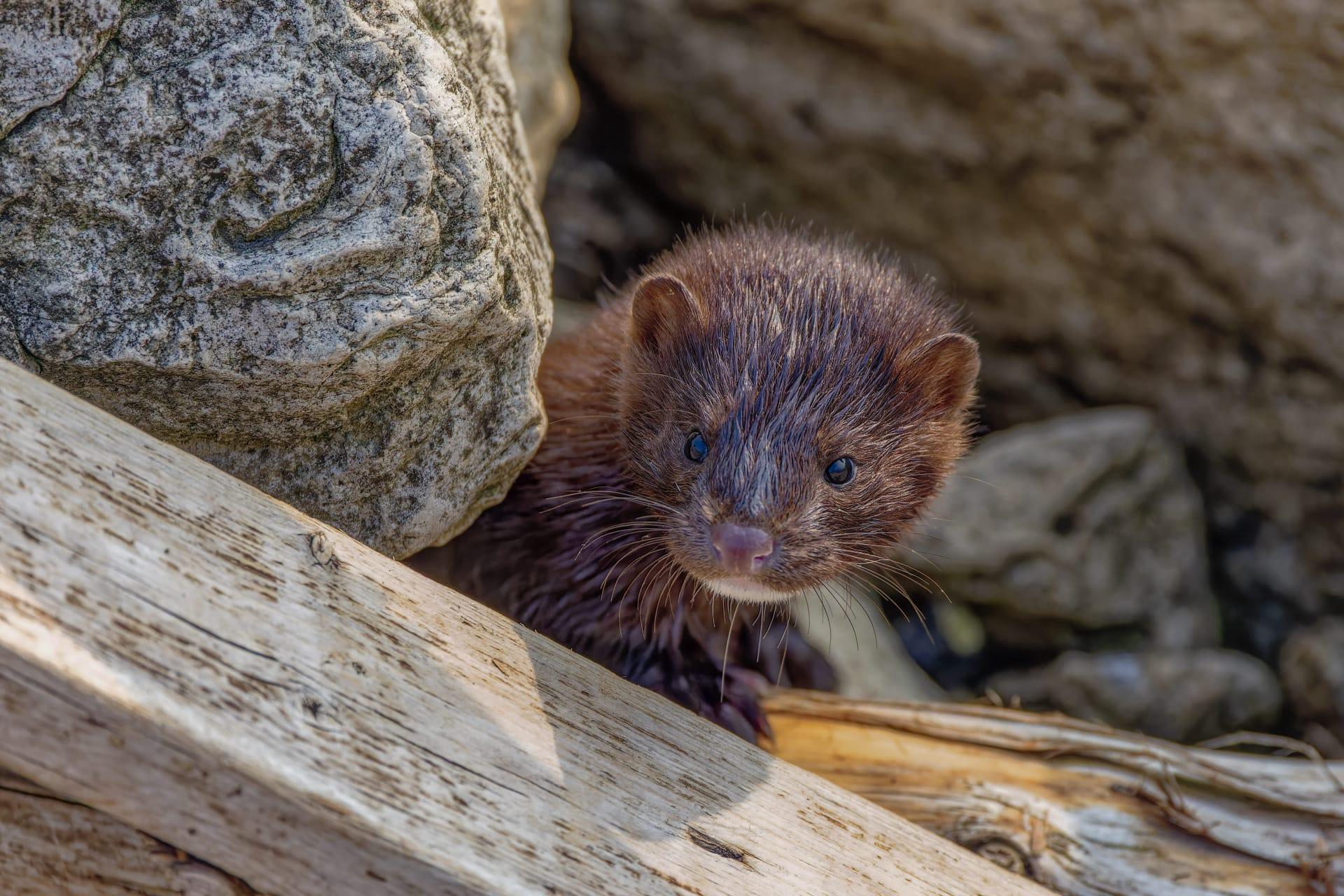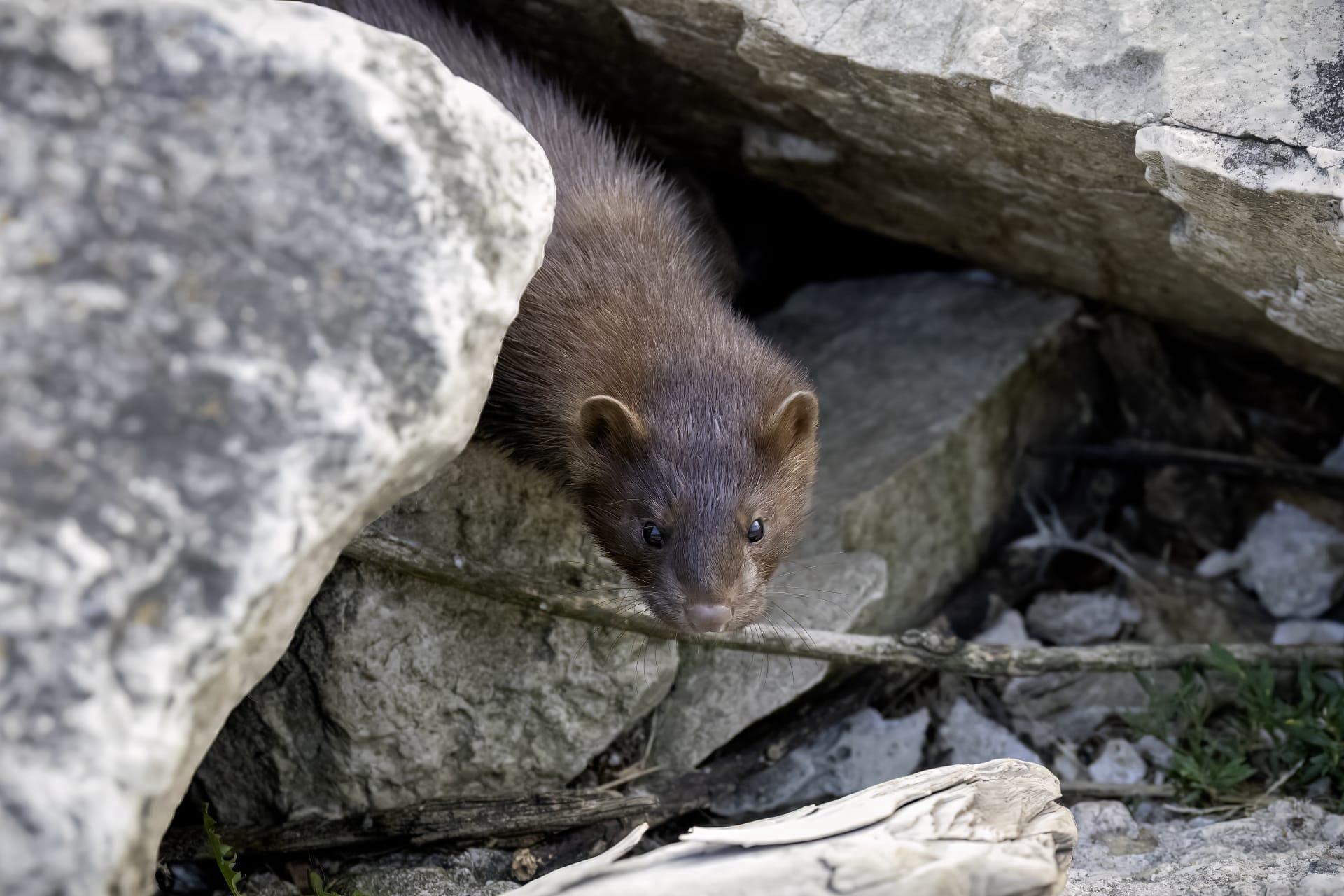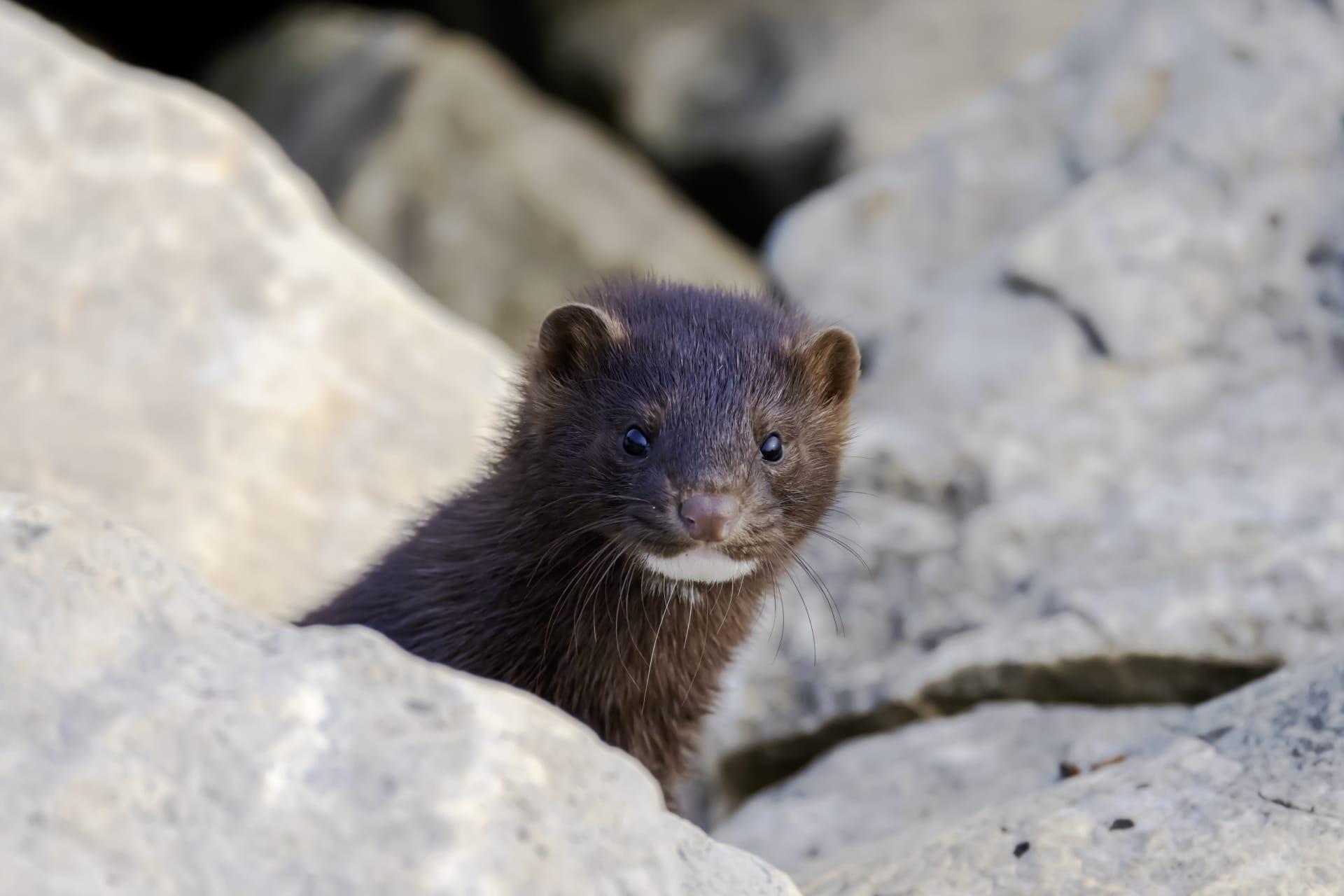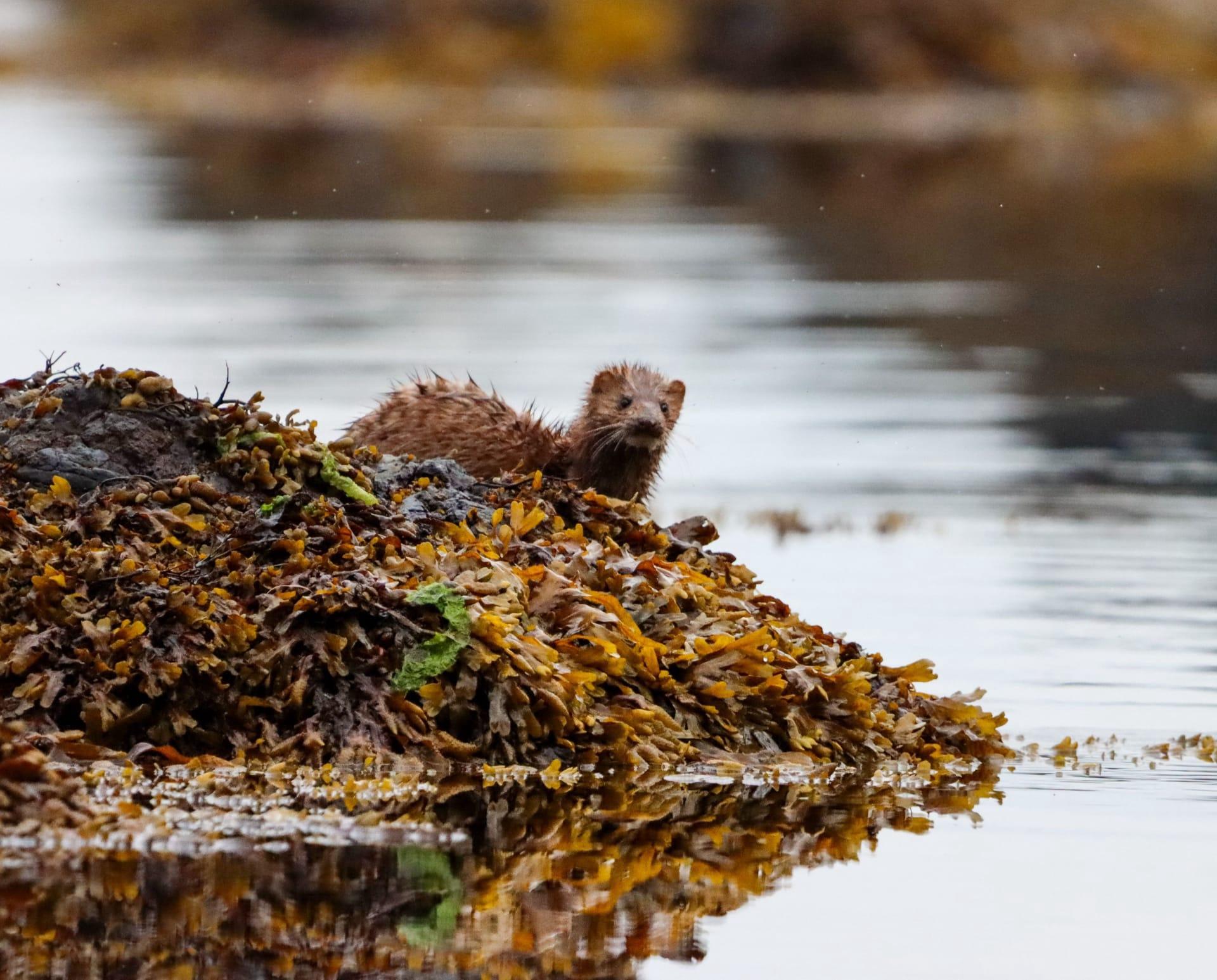Mink Characteristics
- Home /
- Mini Encyclopedia /
- Animal /
- Mink Characteristics
1
Minks are fascinating creatures, known for their sleek, streamlined bodies and luxurious fur. An adult mink typically measures between 12 to 18 inches in length, not including a bushy 6 to 10-inch tail. They weigh around 1.5 to 3.5 pounds, with males generally larger than females. Minks have dense, water-repellent fur, which is a key adaptation for their semi-aquatic lifestyle. These mammals have a lifespan of about 3 to 4 years in the wild, though they can live up to 10 years in captivity.
One of the most distinctive organs of a mink is its scent gland. Located near the base of the tail, these glands produce a strong, musky odor used for marking territory and communication. The scent is so potent that it can be detected by other minks over a mile away. This ability is crucial for their survival, helping them to ward off predators, attract mates, and establish their presence in a competitive environment.

2
Question: What do minks eat, and how does their diet impact their behavior and habitat?
Answer: Minks are carnivorous and have a diet that primarily consists of fish, frogs, crayfish, birds, and small mammals. This diet reflects their adaptability and skilled hunting techniques. Minks are opportunistic feeders, which means they will consume a wide variety of prey based on availability. Their preference for aquatic prey influences their habitat choices, often leading them to live near streams, rivers, lakes, and marshes. The diet of a mink impacts its behavior significantly; they are known to be active hunters, both in water and on land, showing remarkable agility and strength for their size.

3
Minks are agile and versatile movers, adapted to both aquatic and terrestrial environments. They have partially webbed feet, which make them excellent swimmers, capable of diving up to 16 feet underwater. On land, minks are just as nimble, able to run at speeds of up to 8 kilometers per hour. Their long, slender bodies and short limbs are perfect for quick, fluid movements, allowing them to navigate through complex terrains with ease.
When it comes to hunting, minks are solitary and primarily nocturnal predators. They employ a combination of stealth and speed to catch their prey. In water, they are able to swiftly chase down fish or frogs. On land, their keen sense of smell and hearing helps them locate small mammals and birds. Once they spot their prey, minks use a swift, bounding leap to capture it, often killing with a bite to the neck or head.

4
Minks are found in a variety of habitats, usually near water bodies such as rivers, streams, lakes, and coastal marshes. These environments provide them with ample hunting opportunities and shelter. Minks are adaptable and can thrive in different environments, but they prefer areas with dense vegetation for cover. This helps them hide from predators and stalk their prey. Human impact, such as habitat destruction and pollution, can severely affect their living conditions.
In terms of reproduction, minks are solitary except during the breeding season. They breed once a year, with mating occurring in late winter or early spring. Female minks give birth to a litter of 2 to 10 kits after a gestation period of about 40 to 75 days. The kits are born blind and helpless, relying entirely on their mother. They grow rapidly and are weaned at around 5 to 6 weeks old. By fall, they are independent and ready to establish their own territories.

5
Book: "The Secret Life of Minks" by Jonathan Franklin, published in the United States in 2010. Franklin, a wildlife biologist, provides an in-depth look at the behaviors and habits of minks in their natural habitats. The book explores the intricate balance between minks and their environment, shedding light on their hunting strategies, social structures, and the challenges they face in the wild.
Book: "Mink Mysteries: Understanding the Elusive Carnivore" by Emily Richards, published in Canada in 2015. Richards, an ecologist, delves into the world of minks, providing detailed insights into their ecological importance. The book highlights various aspects of mink biology, including their sensory abilities, adaptation to aquatic life, and the impact of environmental changes on their populations. Richards combines scientific research with engaging narrative to bring the world of minks to life for readers.